Designation National park | Created 1961 | |
 | ||
Administrator Chico Mendes Institute for Biodiversity Conservation Similar Christ the Redeemer, Corcovado, Pedra da Gávea, Sugarloaf Mountain, Vista Chinesa | ||
Olympics 2016 tijuca forest
The Tijuca Forest (Portuguese: Floresta da Tijuca) is a tropical rainforest in the city of Rio de Janeiro, Brazil. It is claimed to be the world's largest urban forest, covering some 32 km² (12.4 mi²), although there are sources assigning this title to the urban forest of Johannesburg, South Africa, where between 6 and 9.5 million trees were planted. Similar to Rio de Janeiro's Tijuca Forest, the UNESCO World Heritage Site Singapore Botanic Gardens (established in 1859) is another renowned garden with a tropical rainforest within its city limits.
Contents
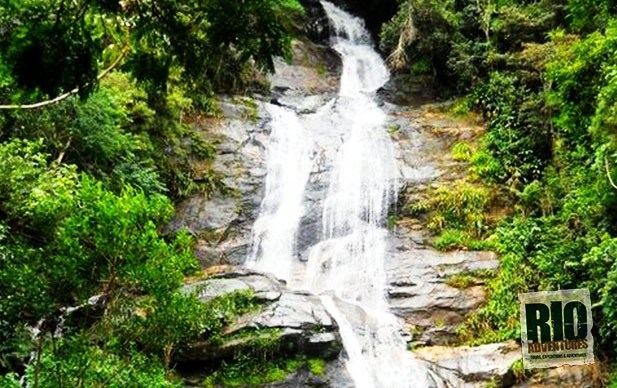
Location
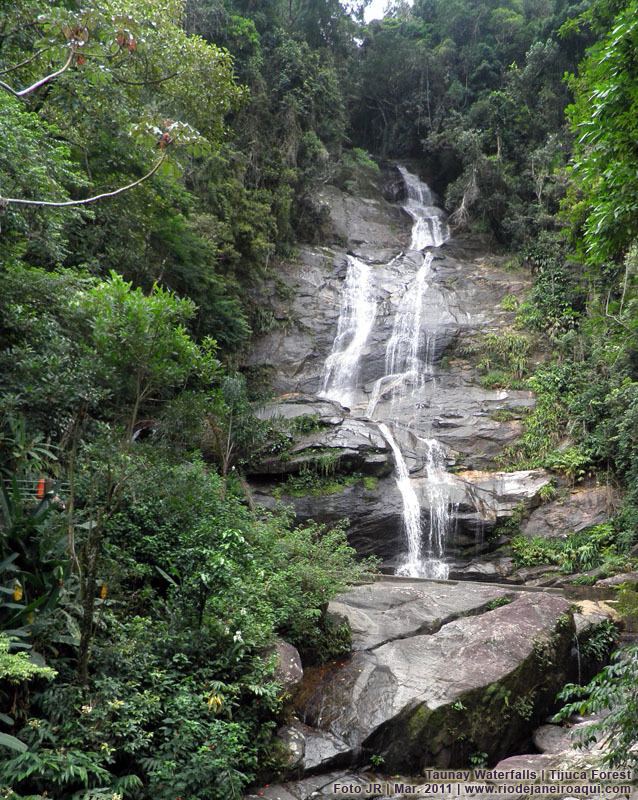
The forest shares its name with bairros or neighborhoods of Tijuca and Barra da Tijuca that contain its entrances. It is located in a mountainous region, which encompasses the Tijuca Massif. The word Tijuca from the Tupi language means marsh, and is a reference to the Tijuca Lagoon in the contemporary Barra da Tijuca. The forest forms a natural boundary that separates the West Zone of the city from the South, Central, and North ones, and the North Zone from the South one.
The park is part of the Carioca Mosaic, established in 2011.
History
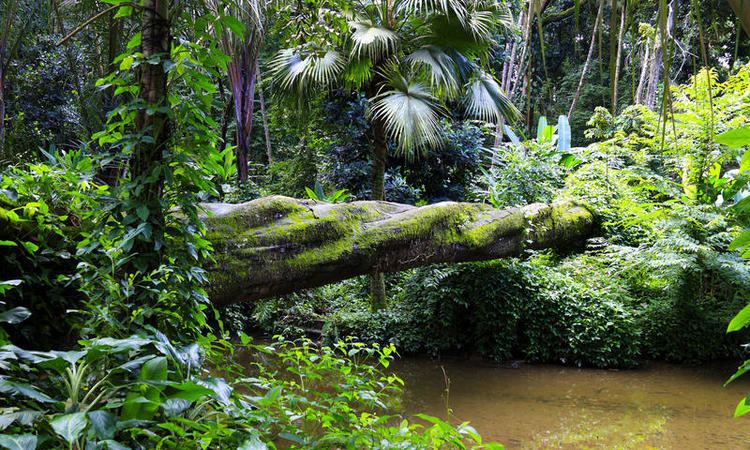
The Tijuca Forest is a man-made reclamation of land around Rio de Janeiro that had previously been cleared and developed to grow sugar and coffee. Replanting was carried out by Major Manuel Gomes Archer in the second half of the 19th century in a successful effort to protect Rio's water supply. This followed concerns made by the Brazilian Emperor Dom Pedro II in 1861 about erosion and deforestation caused by intensive farming, as declining levels of rainfall had already begun impacting on the supply of drinking water.

In 1961, Tijuca Forest was declared a national park. The Forest contains a number of attractions, most notably the colossal sculpture of Christ the Redeemer atop Corcovado mountain. Other attractions include the Cascatinha Waterfall; the Mayrink Chapel, with murals painted by Cândido Portinari; the light pagoda-style gazebo at Vista Chinesa outlook; and the giant granite picnic table called the Mesa do Imperador. Among its impressive peaks is the Stone of Gávea.
Ecology
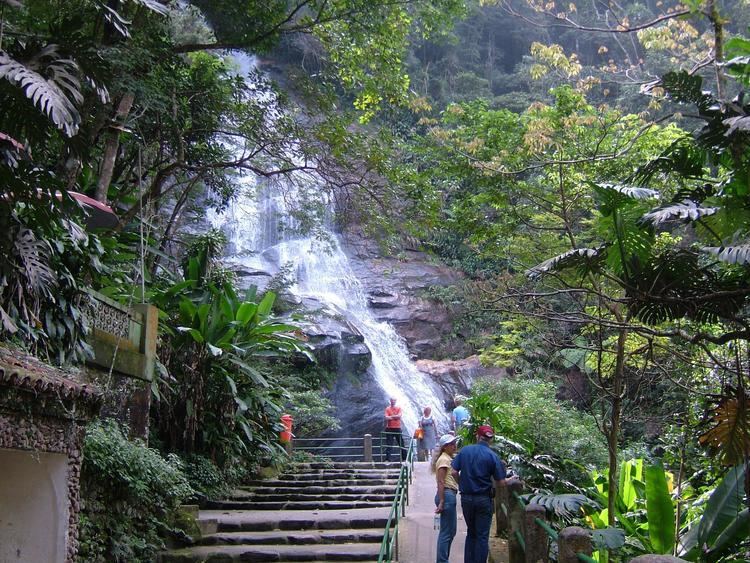
The Tijuca Forest is home to hundreds of species of plants and wildlife, many threatened by extinction, and found only in the Atlantic Rainforest (Mata Atlântica in Portuguese). The vegetation is so dense that scientists have estimated that ambient temperatures in surrounding areas have been lowered by up to 9 °C. The forest also contains some 30 waterfalls.
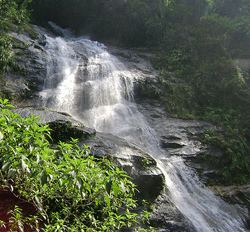
One favela exists in the Tijuca Forest. Its inhabitants are mainly the descendants of those who migrated to the region in the 1930s to take part in the replanting effort. Though conditions have improved recently under the Favela-Bairro Project, Mata Machado still contributes to environmental degradation in the forest.
